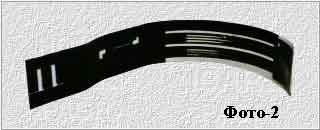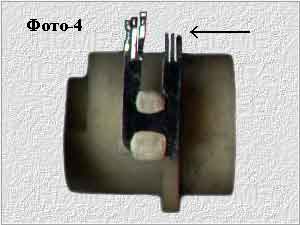Photo 1 shows TPS (2112-1148200) with the remote cover. Being mounted on the car "VAZ 2110" (which is equipped with injection system BOSCH M1.5.4"), this sensor has served about 4500 km mileage and has led to problems idling.

During the movement of the car when you turn off the transmission, the engine sometimes stayed. At a set rate manifested jerks, the idling speed is not stabilized in almost all modes of engine operation. Periodically lamp lights up the "CHECK ENGINE". Because the symptoms clearly indicated malfunction TPS, read error codes not required. The sensor was just replaced with a new one and the problem was solved.
The reason for the malfunction of the sensor was simple. The design of this TPS sensor includes a substrate (see photo 2), it is napalan resistive layer. At the beginning of the stroke of the slider of the potentiometer is sprayed rubbed up to the base (see photo 3 shows white arrows). As a result, the sensor did not provide a linear voltage rise of the output signal, which led to the problems mentioned above. Unfortunately, this is not the only reason that can cause similar symptoms of malfunction TPS. Possible cause malfunction of the sensor may be a slider.


Photo 4 shows the movable core TPS contacts with the slider of the potentiometer.

This sensor has served about 12,000 km mileage of the car "VAZ-2109" is equipped with a fuel injection system, "JANUARY 4". The failure of the sensor is associated with the absence of contact of the slider with the resistive layer. Since the original broken one of the lugs, on a substrate formed of bullying, which broke, and the remaining two (see photo 4 shows black arrow). However, because the contacts are made of spring metal, the sensor somehow worked, but the substrate was subjected to extensive and rapid wear. Accordingly, this faulty TPS has led to the emergence of the above - listed symptoms sensor malfunction. As in the first case, the problem was solved by replacing a faulty TPS with a new one (in this case used the new sensor "GM").
Publication: www.cxem.net






